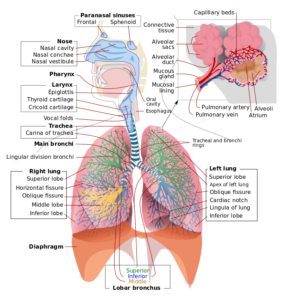A Bag of Hot Air: Understanding gas exchange is improving patient care
If you want to be a rock star at managing airway, breathing and circulation problems, you have to understand gas exchange. Normal metabolism hinges on effective gas exchange and even though we can’t see it happening on a molecular level, most emergency care should be directed at preserving that function. An understanding of how conditions like acidosis, hypovolemia, and pulmonary contusion and diseases like anemia, pneumonia and pulmonary fibrosis affect gas exchange can give EMS providers vastly superior insight into the best approach to care for our most critical patients.
Teaching Formats:
-Lecture
-Discussion
-Question and Answer
Learning Objectives: Students will be able to:
- Describe normal ventilation and gas exchange in the lungs.
- Explain the physiology of gas transport through the blood and gas exchange in the tissues.
- Identify the problems that a variety of traumatic injuries and medical conditions present to normal gas exchange physiology.
Prioritize prehospital airway, breathing, and circulation tools and techniques to improve effective gas exchange.









